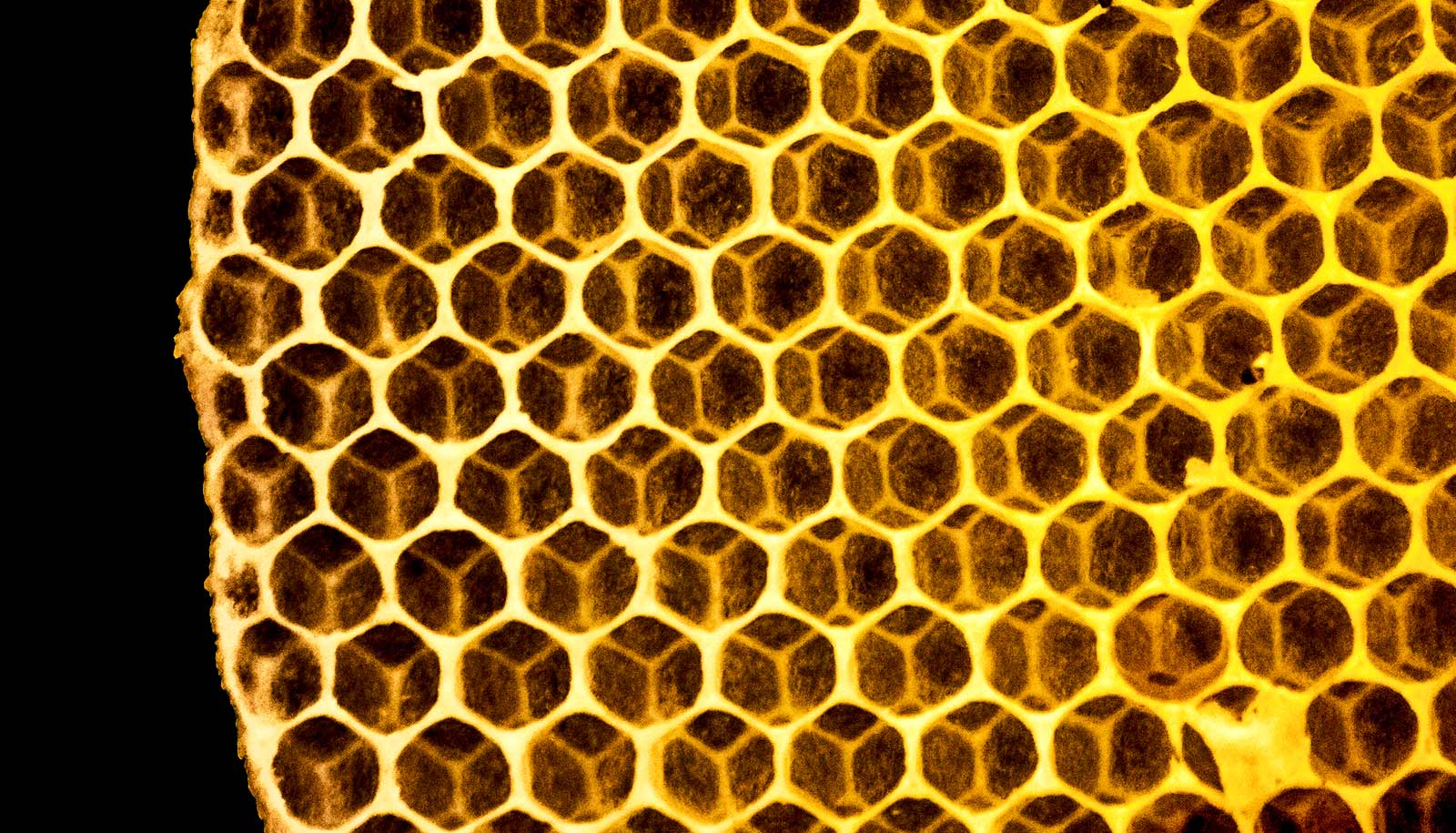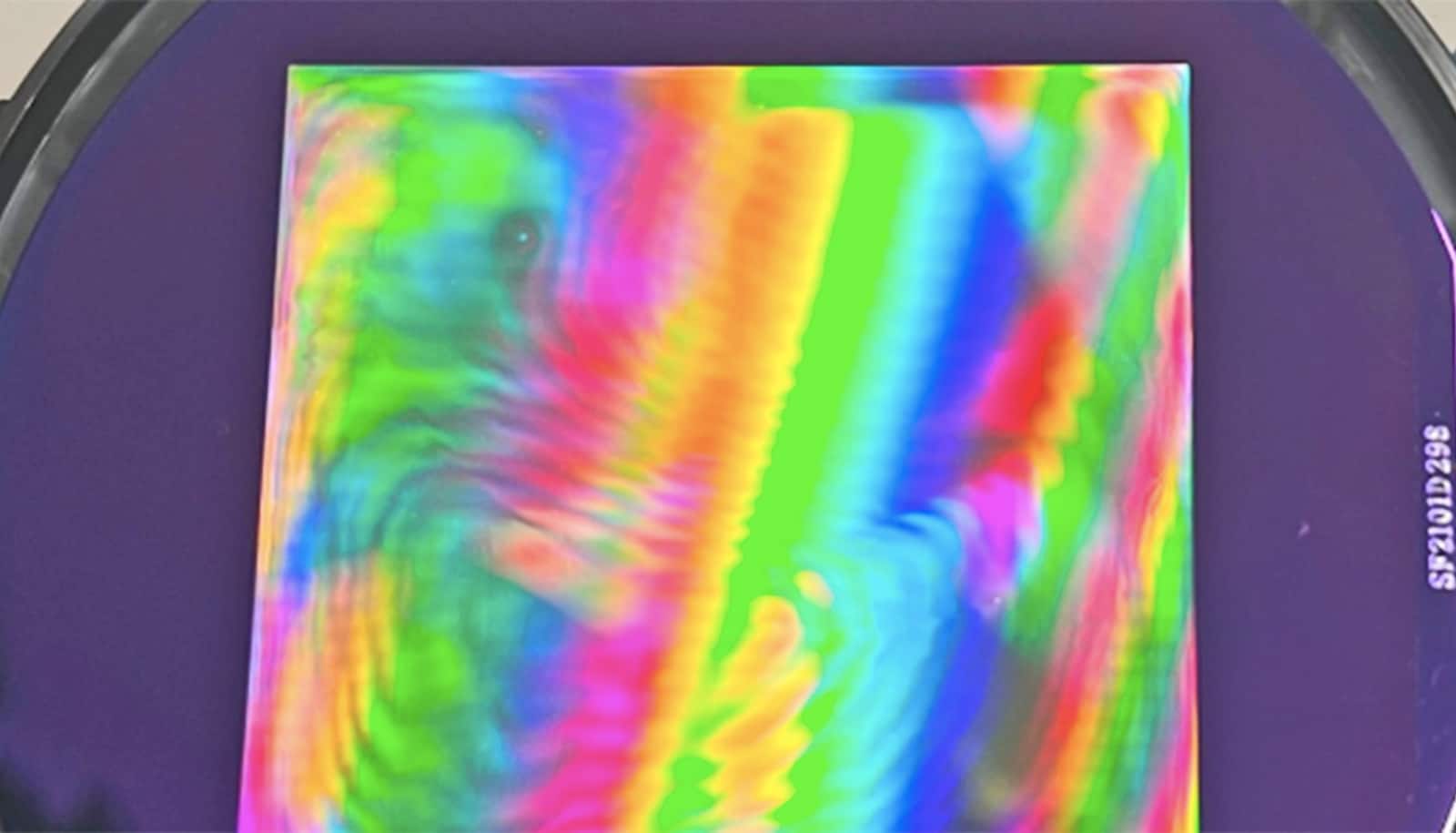Scientists have created a material that could extend the life of the batteries in our electronics by more than 100 times.
Among the chief complaints for smartphone, laptop and other battery-operated electronics users is that the battery life is too short and—in some cases—that the devices generate heat.
“…the device could mean that a normal 5-hour charge could increase to more than a 500-hour charge.”
The researchers have applied for a patent for a magnetic material that employs a unique structure—a “honeycomb” lattice that exhibits distinctive electronic properties.
“Semiconductor diodes and amplifiers, which often are made of silicon or germanium, are key elements in modern electronic devices,” says Deepak K. Singh, associate professor of physics and astronomy at the University of Missouri who also serves as the principal investigator of the university’s Magnetism and Superconductivity Research Laboratory.
“A diode normally conducts current and voltage through the device along only one biasing direction, but when the voltage is reversed, the current stops,” Singh explains. “This switching process costs significant energy due to dissipation, or the depletion of the power source, thus affecting battery life. By substituting the semiconductor with a magnetic system, we believed we could create an energetically effective device that consumes much less power with enhanced functionalities.”
Singh’s team developed a two-dimensional, nanostructured material by depositing a magnetic alloy, or permalloy, on the honeycomb structured template of a silicon surface. The new material conducts unidirectional current, or currents that only flow one way. The material also has significantly less dissipative power compared to a semiconducting diode, which is normally included in electronic devices.
The magnetic diode paves the way for new magnetic transistors and amplifiers that dissipate very little power, thus increasing the efficiency of the power source. This could mean that designers could increase the life of batteries by more than a hundred-fold. Less dissipative power in computer processors could also reduce the heat generated in laptop or desktop CPUs.
‘MRI’ diagnoses what’s wrong with batteries
“Although more [work needs] to be done to develop the end product, the device could mean that a normal 5-hour charge could increase to more than a 500-hour charge,” Singh says. “The device could also act as an ‘on/off switch’ for other periphery components such as closed-circuit cameras or radio frequency attenuators, which reduces power flowing through a device. We have applied for a US patent and have begun the process of incorporating a spin-off company to help us take the device to market.”
The researchers report their findings in two studies in Advanced Electronic Materials and Advanced Science.
The US Department of Energy, Office of Basic Energy Sciences provided funding for this research. The content is solely the responsibility of the authors and does not necessarily represent the official views of the funding agencies.
Source: University of Missouri



